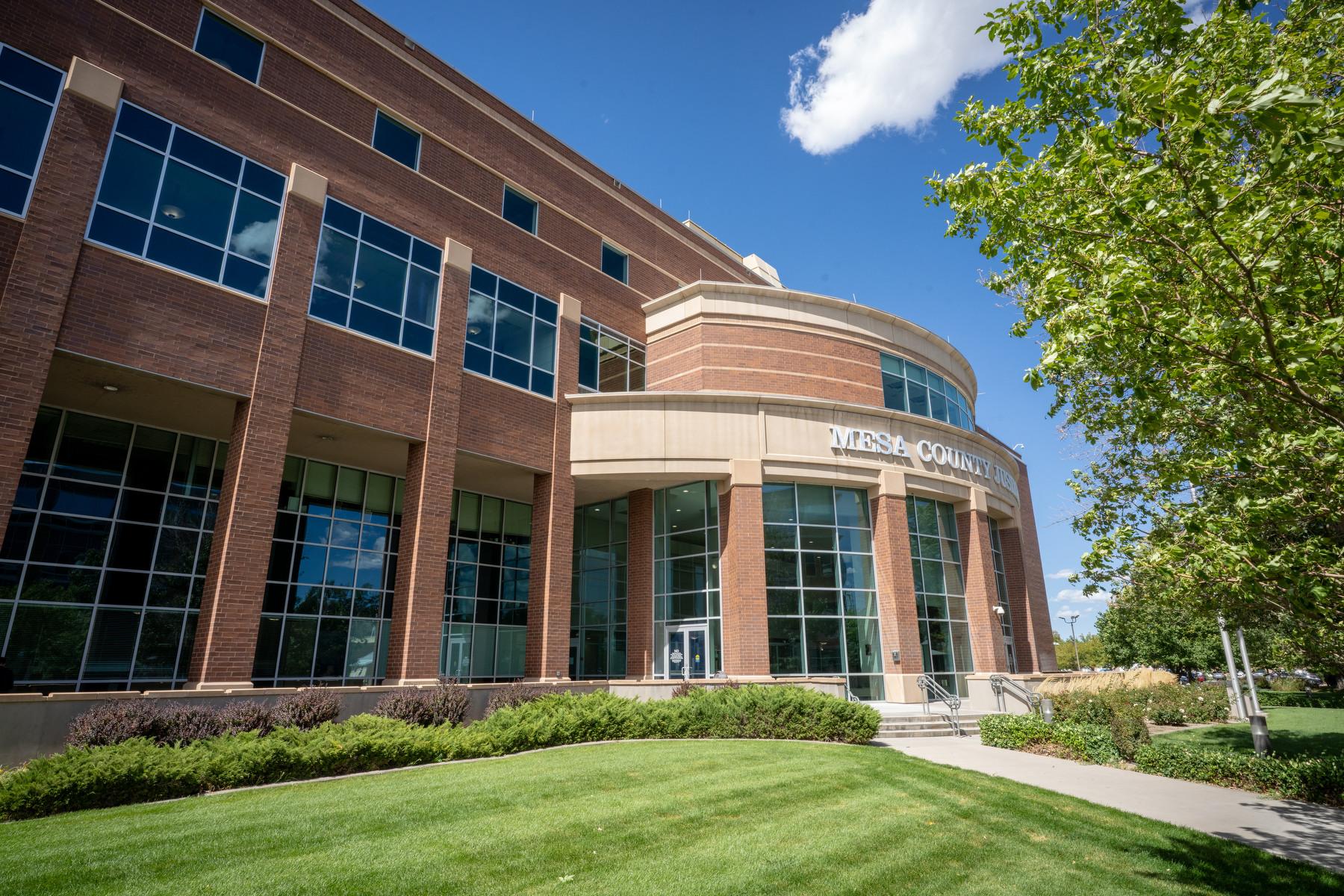
The U.S. Census Bureau, the giant federal collector and clearinghouse of information about people living in the country and its territories, released more data Thursday, aimed at telling us more about how we live. It’s the most recent five-year estimate from the American Community Survey, which helps governments and organizations evaluate social and economic needs. There are concerns about this data though, due to the COVID-19 pandemic and other issues.
There have been a number of news reports recently about the undercounting of people of color in the 2020 decennial census. Done once a decade, its goal is to count every person in the nation. It asks a handful of questions about age, sex, ethnicity and homeownership. This population count is how congressional districts are determined including Colorado’s new eighth district, among other things. It captures a moment in time.
The Census Bureau also has more than 100 ongoing surveys during any given year. The American Community Survey, or ACS, is among them. It samples about 3.5 million households and asks more detailed questions about dozens of social and economic topics like education, employment and internet access. The data released Thursday combines five years, ending with 2020. Although the bureau also releases this data annually, the five-year estimates are normally considered more accurate and cover areas with populations of less than 65,000, like many counties in Southern Colorado.
Both the decennial census and the ACS are used to figure out how to distribute more than $675 billion in annual federal spending. The census guides programs like Homeland Security Grants and Medicare. The data is also used by states and local communities to make decisions about building infrastructures like roads or schools and funding programs and services.
But is the data reliable?
But this time, the data needs to be taken with a grain of salt, according to Colorado's demographer Elizabeth Garner, because it includes data from 2020, the first year of the pandemic when all kinds of things changed. Additionally, she said there were issues with data collection during 2020 because the Census Bureau closed down for a while and many people didn’t respond to the surveys.
Garner has two concerns about the 2020 data set, which pools information from 2016 through 2020.
“One: it's maybe not as reliable, and two: it's got four years of what you consider regular data, and one year of pandemic data," Garner said. "So it doesn't tell you anything about the pandemic.” She said, for example, the economic data in this release is problematic because of all the upheaval in 2020, including employment numbers and home prices.
Some data is less affected
However, Garner said it is reasonable to compare the previous five-year ACS with the current release when it comes to characteristics that may be less affected by the pandemic. For example, educational attainment, which shows high school or college graduation rates.
The previous five-year ACS data from 2015 shows most counties in Southeastern Colorado had a higher percentage of adults without high school diplomas than in other parts of Colorado. The exceptions were El Paso, Teller, Chaffee and Custer counties, which were similar to the rest of the state. But, the new data shows the portion of adults without high school diplomas in Bent County went from nearly 24 percent down to about 11 percent. Bent County's population is pretty small, so just a few people can create a big percentage change.


It also shows an increase in people who have college degrees for both the state and the nation. Once again, Bent County saw a significant change, more than doubling from seven percent up to 15 percent. It’s still lower than the rest of the state, including El Paso County, which is around 40 percent. But Garner said not to make fast judgments.
“It's not anything negative, necessarily, about that area. It's just that the careers in that area don't require a higher degree,” she said. “Now does that make them potentially a little bit more at risk for changes? Maybe, but it's not this overall panic. A lot of times people panic when they see that and I'm like well, what are the jobs in that area?”
Garner said they’ll be looking at the 2021 ACS data to see if collection improved from 2020. She’s optimistic that it has. She also said there are other Census Bureau surveys that may help fill in the gaps and there are other ways that her office gathers data too.
Related stories
- The 2020 census had big undercounts of Black people, Latinos and Native Americans
- Southern Colorado Sees Population Growth In El Paso County, Decreases In Most Plains Counties
- Colorado’s supreme court approves new congressional district map
- It’s Official: Colorado Will Get Another Congressional District








